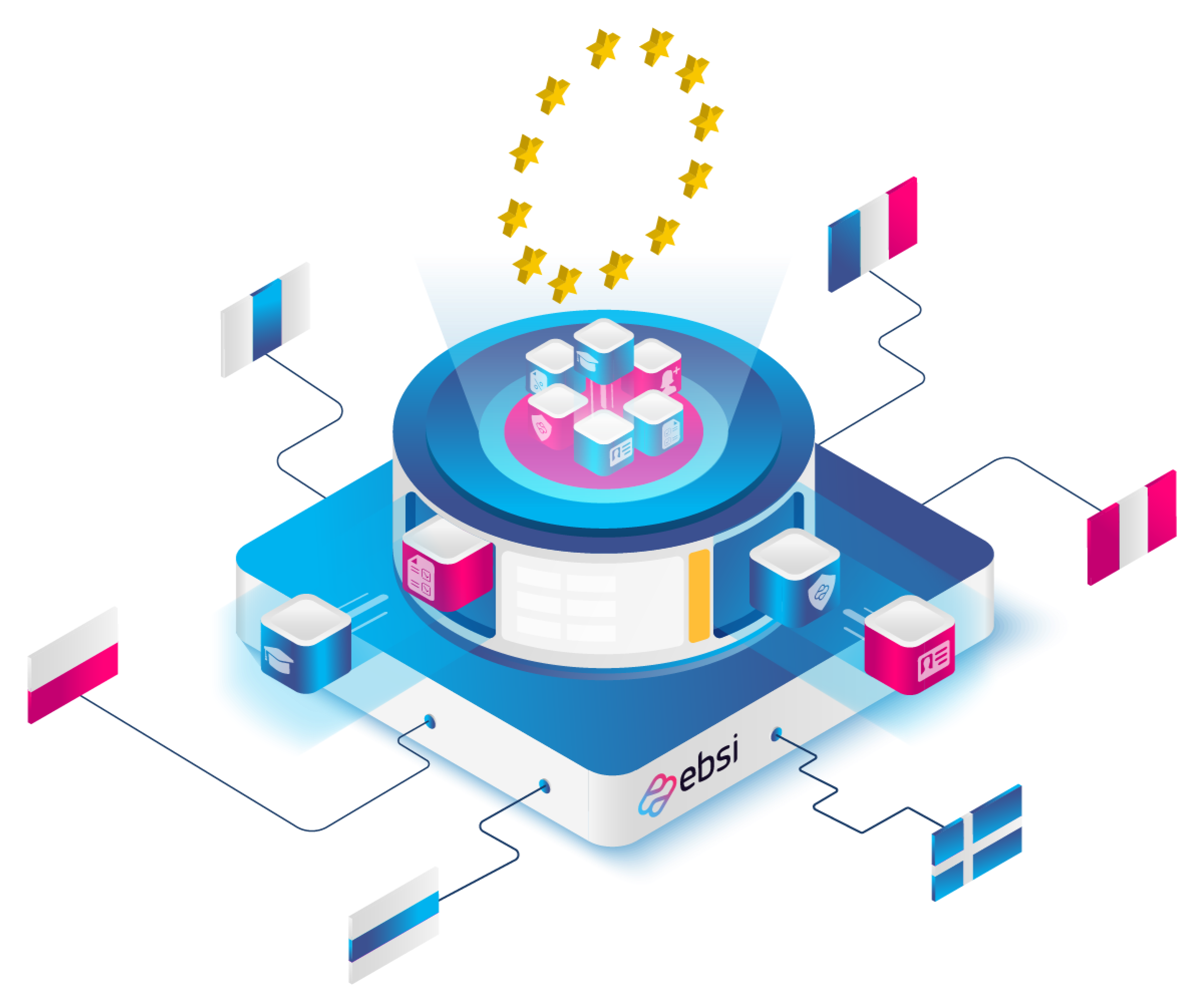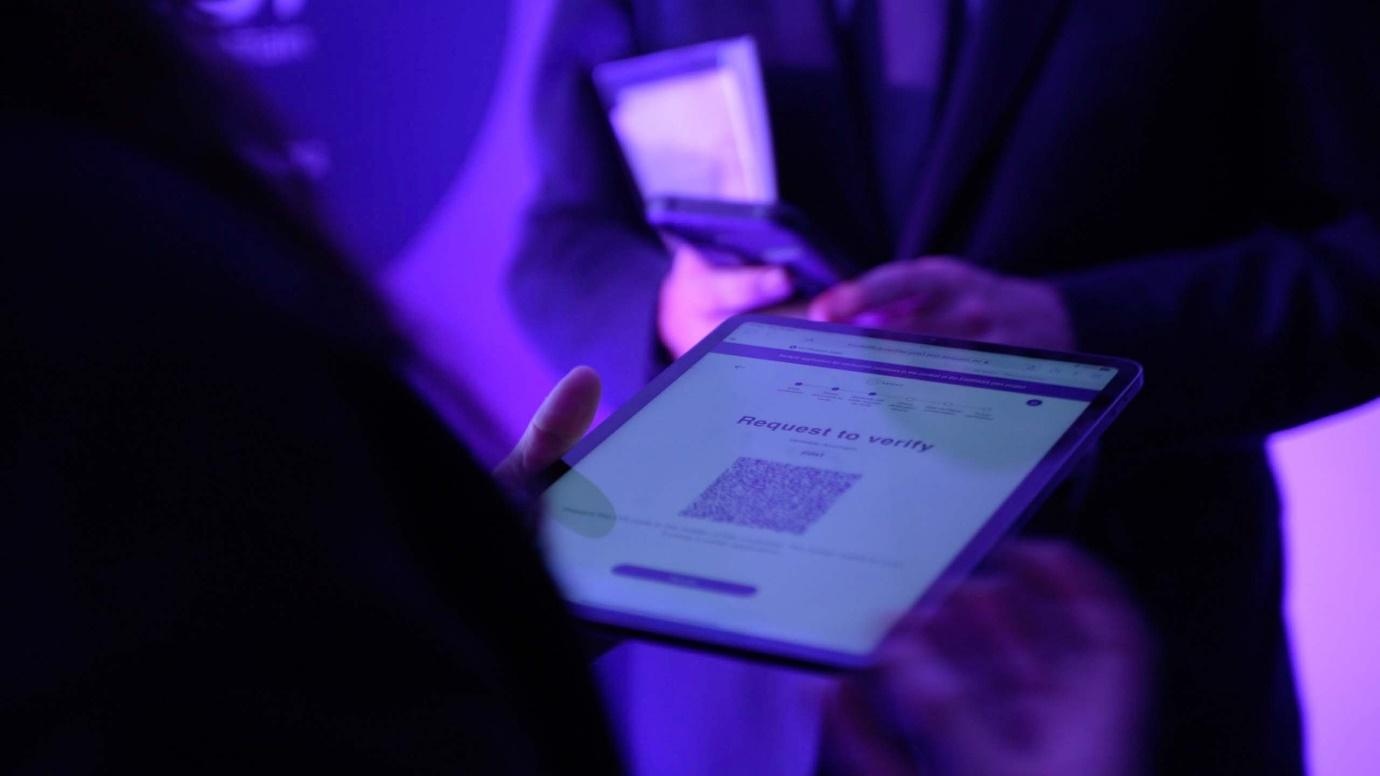Spain plans to use W3C Verifiable Credentials to protect minors online
Published on
min read

The Spanish Secretariat-General for Digital Administration recently released technical specifications for their new online age verification system, which will use W3C Verifiable Credentials data model to control minors' access to adult content online.
Share this article
W3C Verifiable Credentials (VCs), fully supported by the EBSI specifications, are the future of verification, with Member States continuing to embrace this powerful and versatile technology.
Spain has recently released technical specifications for their new online age verification system, aimed at controlling the age of users seeking to access online adult content. In the last few years, different specialists have come to the conclusion that the easy and free access to online adult sexual content is harming kids and teenagers’ mental health and their social and relational skills. Therefore, Spain is planning to limit minors’ access to this type of content by implementing an online age verification procedure. This system will use W3C Verifiable Credentials and focus on a protocol for verifying the age of majority without disclosing personal information that could identify or track the user. By applying this data model, the content providers can verify the age of the user without accessing any other personal data, thus minimising the data disclosure and adhering to General Data Protection Regulation (GDPR) principles.
Why are W3C Verifiable Credentials the right choice for online age verification?
W3C Verifiable Credentials are a digital document format that can represent a wide range of information or claims about an entity (such as a person, organisation, or device) that can be cryptographically verified. These credentials are designed to be secure, tamper-evident, and privacy-preserving, allowing the holder to present them to verifiers with a high level of trust.
W3C Verifiable Credentials are the future of verification because they offer:
- Unmatched Security: Advanced cryptographic methods make W3C VCs tamper-proof and trustworthy. They could also comply with signature schemes of the eIDAS regulation for secure digital transactions and ensure the provenance of information.
- Enhanced Privacy: When sharing a VC, users can choose to share only the necessary information, embedded in credentials, without revealing more than required (e.g., proving the user is above a certain age without sharing the full date of birth). This safeguards the privacy of users' personal information and empowers citizens’ sovereignty over their information by allowing them to govern the access to their personal data, something that until recently was not conceivable for many due to the nature of information sharing processes.
- Portability: Verifiable Credentials can be seamlessly stored and linked to digital wallets and be presented when needed.
The key requirement of Spain’s online age verification system is the privacy and untraceability of users’ activity, when presenting their age for verification online. This makes W3C Verifiable Credentials data model the perfect choice for such use-case. Their technical solution follows the OpenID For Verifiable Presentations (OpenID4VP) specification, ensuring secure and private verification of age credentials. Additionally, the framework includes trust management via whitelists, which ensures only trusted entities can issue or verify these credentials.
Check out many other useful everyday use cases based on the W3C Verifiable Credentials data model.
You can read the published technical specifications of the project here.
We’ll be sure to keep you updated on other Member States use of W3C Verifiable Credentials. The future of verification is just getting started!
Share this article
How can I get involved?
Start running an EBSI Node
Help support the EBSI blockchain network by becoming a Node Operator.
Join the Early Adopters programme
Build and launch your own EBSI pilot project by signing up for the Early Adopters programme.
Discover Wallet Conformance Testing
Build and launch your own EBSI pilot project by signing up for the Early Adopters programme.











